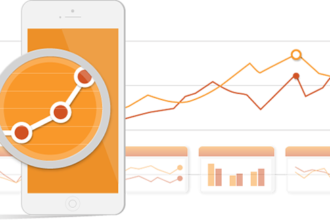With several large banks in the US and elsewhere effectively insolvent, all banks are now focusing on the question of their economic capital: how much capital must a financial institution have on hand to survive in a worst-case scenario? Naturally, this is an assessment of risk. How, exactly, that risk is calculated is the focus of a white paper by John Morrison, Solution Architect in Rick Management at
Asymptotix. (REvolution Computing also provided support for this white paper.) Obviously, failure to quantify this risk correctly was a major contributor to the credit crunch, in particular the practice of packaging debt into derivatives. Says John:
It is folly to believe that financial innovation which slices exposures into ever more thin slices and thence packages them up into different products to disperse them across a geographic and risk appetite disparate set of counterparties does any more than distribute that risk. It does not fundamentally diminish the rest, Risk is always with us; we either learn the language to describe it (mathematics) and go some way to approximating it or we are not actually in the risk business.
The paper is intensely detailed and supported by myriad …
With several large banks in the US and elsewhere effectively insolvent, all banks are now focusing on the question of their economic capital: how much capital must a financial institution have on hand to survive in a worst-case scenario? Naturally, this is an assessment of risk. How, exactly, that risk is calculated is the focus of a white paper by John Morrison, Solution Architect in Rick Management at
Asymptotix. (REvolution Computing also provided support for this white paper.) Obviously, failure to quantify this risk correctly was a major contributor to the credit crunch, in particular the practice of packaging debt into derivatives. Says John:
It is folly to believe that financial innovation which slices exposures into ever more thin slices and thence packages them up into different products to disperse them across a geographic and risk appetite disparate set of counterparties does any more than distribute that risk. It does not fundamentally diminish the rest, Risk is always with us; we either learn the language to describe it (mathematics) and go some way to approximating it or we are not actually in the risk business.
The paper is intensely detailed and supported by myriad references, and perhaps more suited to those with a background in risk than as an overview of the credit crisis and estimation of economic capital. In section 5.6 is does give some practical steps for using R to implement a stress test for economic capital, so if you’ve thought about using R for risk analysis but needed a good jumping-off point, this might be a good place to start. There are some also some excellent examples of customized R charts used to illustrate concepts in the paper, such as the one shown below.
UK Banks’ Credit Defaut Swap Premia






